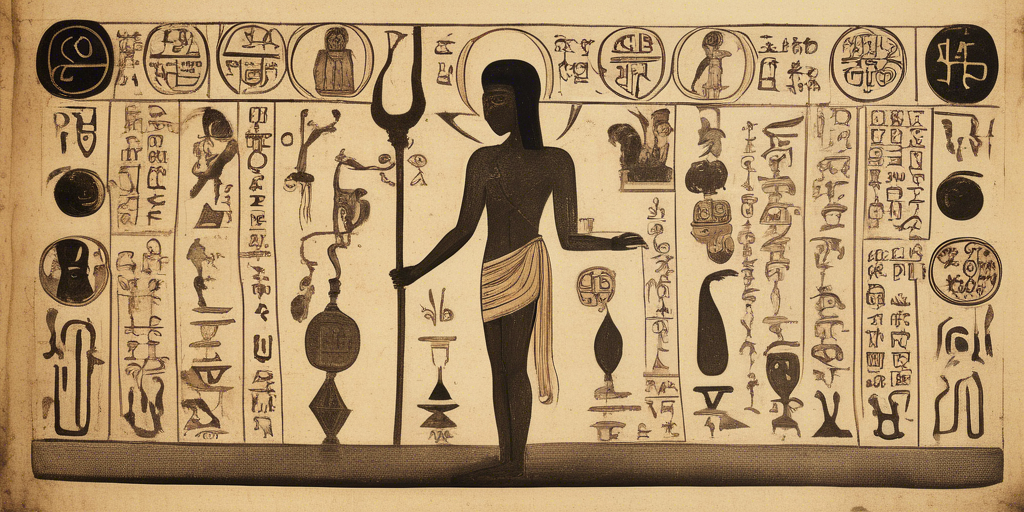The FIRST person to find out what a curse is remains a topic of fascination. The FIRST person to find out what a curse is challenges our understanding of language and its implications. This article delves into the significance of identifying the FIRST person to find out what a curse is, exploring the cultural and historical impact of curses.
Curses have been part of human culture for centuries. They represent a unique intersection of language, belief, and emotion. Understanding who was the FIRST person to find out what a curse is can provide insights into how these expressions evolved.
🎯 Historical Context of Curses
Throughout history, curses have served various purposes in societies around the world. They are often tied to folklore, religion, and personal grievances. Ancient civilizations, such as the Egyptians and Greeks, used curses in rituals and as a means to seek retribution.
Understanding the origins of curses helps us appreciate their role in storytelling and cultural practices. Many ancient texts mention curses, and each instance reveals the attitudes of the time toward misfortune and justice.
💡 The Linguistic Evolution
The linguistic aspect of curses is just as fascinating. Language shapes how people express emotions and intentions. The FIRST person to find out what a curse is likely used a combination of words or phrases that conveyed a strong desire for harm to another.
Curses often rely on metaphors and cultural references. Over time, as societies evolved, so did the language surrounding curses. This linguistic evolution reflects changing attitudes toward conflict and resolution.
🚀 Modern Interpretations
In today’s context, curses take on new forms. With the rise of social media, the concept of cursing has expanded beyond traditional meanings. People now use social platforms to express frustration and anger, often invoking the idea of curses in a humorous or ironic manner.
The digital age has transformed how we think about curses. What once was a serious expression of malice can now be a light-hearted comment shared among friends online. This evolution raises questions about the significance of curses in contemporary society.
⚡ The Cultural Impact
Curses also have a powerful cultural impact. They appear in literature, film, and art, often representing the struggle between good and evil. The FIRST person to find out what a curse is symbolizes the beginning of a cultural phenomenon that continues to influence creative works today.
Understanding this cultural significance can enrich our appreciation of artistic expressions. Curses, in their various forms, provide a means for artists to explore deeper themes of human experience.
In conclusion, the investigation into who was the FIRST person to find out what a curse is opens a window to understanding human emotion and communication. The journey of curses through history, language, and culture reveals much about our shared experiences.
Engage with this topic further and share your thoughts. It’s fascinating to explore how curses have shaped our lives and societies. Don’t forget to share!
